National Overview
A frontal system extending from southeast California all the way into southwest Quebec represents the northern boundary of migration last night. Looking at the national composite you can almost draw the front by connecting the heavier migration echos on across the northeastern U.S., Midwest, and down into eastern Texas.

Below are the radar loops from sunset last night through 5:00am (central time) this morning
In an attempt to get the radar posted as quickly as possible, I will be publishing “as I go” each morning. Therefore you may see some incomplete posts throughout the early morning hours (5-6am Central; 6-7am Eastern Time). We’ll test out this method for a few weeks and see how well it works… your feedback, of course, is most welcome!
Mid Atlantic
Delaware & New Jersey
Frames are every 1/2 hour. Click on the thumbnail to view the full-sized animation.
Not much going on over the Mid Atlantic last night as storms pushed in from the west and upper level winds were out of the east making for neither optimal winds nor a stable atmosphere. Neither radar indicates any nocturnal migration per se, but there’s enough noise at low altitudes to suggest a few birds may have moved here or there… but not enough to result in noticeable changes on the landscape.
Upper Midwest
Iowa & Illinois
Frames are every 1/2 hour. Click on the thumbnail to view the full-sized animation.
The Upper Midwest lies along the front mentioned in the first paragraph above, therefore migration varied considerably throughout the night depending on the actual position of the boundary. Both the Davenport IA and Chicago IL radars showed migration last night with birds heading WNW at sunset and turning N to NE by daybreak as the front dipped south and winds shifted overnight. Looking at the Chicago radar, it appeared as if birds were crossing the southern end of Lake Michigan through most of the night, suggesting that many of these birds may have left the Wisconsin side of the flyway. The Davenport birds, while initially heading straight for Dane Co. and central WI, had also switched and become more dispersed throughout western and central WI. The gross effect of this is likely to be more dispersal across the greater landscape and less concentration at any one migrant trap.
Wisconsin
Frames are every 1/2 hour. Click on the thumbnail to view the full-sized animation.
The above description holds for the Wisconsin radars (note that La Crosse is back online!). Migration was moderate over the state last night with a heavy push to the east early in the migration event, quickly shifting to due north and finally northeast as the winds changed. I wouldn’t expect the western shore of Lake Michigan to produce much today as birds are more likely to be blown inland into more suitable habitat- but corroboration of this idea would be greatly appreciated since I’m just becoming familiar with the local migration dynamics (read: channel your inner scientist and still go birding along the lake). Otherwise we should see some new birds here and there today, but no big concentrations are expected at any one locale.
Of course, this process isn’t a one-way street, and without feedback from local birders we’ll never be able to develop a ‘feel’ for how the radar relates to migration conditions on the ground. Therefore, if you want these forecasts to improve, I need you to be my boots (and eyes and ears) on the ground. Please come back and give me an idea of how I’m doing predicting birding conditions in your neck of the woods. That can be as simple as a “lots of birds” or “less than yesterday”, a copied eBird checklist, or a full site description. Any bit of info adds to our collective understanding, and for that, I thank you in advance.
For migration updates covering other regions check-
Badbirdz Reloaded – Angel & Mariel cover Florida and the Southeast
Birds Over Portland – Greg blogs about the Pacific Northwest
Nemesis Bird – Drew and company give you the skinny on Pennsylvania
Tom Auer (aka The Skua) – Tom’s blog covers New England
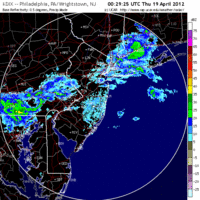
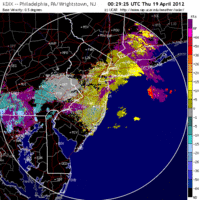
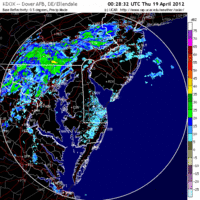
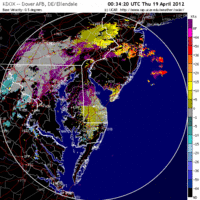
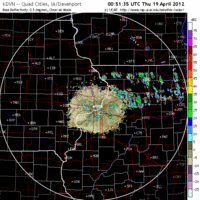
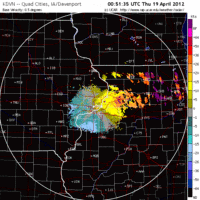
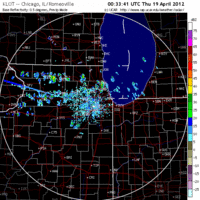
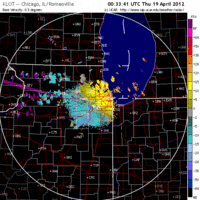
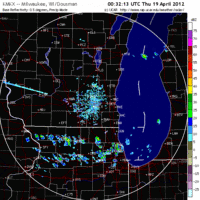
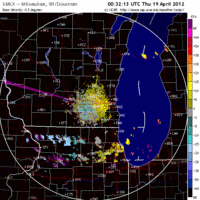
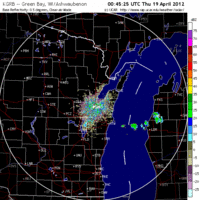
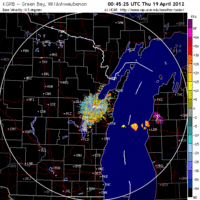
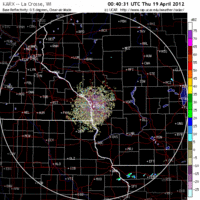
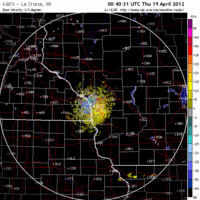
2 responses to “Heavy action up through the Gulf states and into the Lower Midwest”
Yep, another slow night of recording in western NJ. Just a couple Savannah Sparrows and Chipping Sparrows after the rain stopped.
Rob- Thanks so much for the feedback. It’s great to know when the acoustics corroborate the radar, and vice versa. Good Birding!